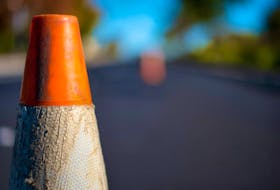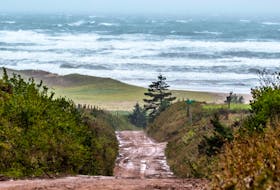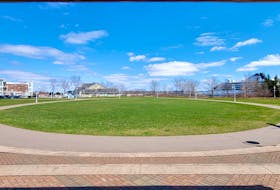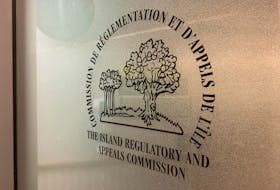
File photo of crews clearing seaweed from the beach along Green Shore last year.
In 2014, 423 tandem truckloads — 4,200 cubic metres — of seaweed were removed from the city’s shoreline. So far this year, in less than a month, 70 truckloads of seaweed have been removed.
“The challenge is when the loader is attempting to remove seaweed, which is the fastest and most efficient method in removing it since we only have six hours per tide to get it off... it also removes sand,” explained the city’s director of community services, JP Desrosiers. “The sand removal causes challenges with our beach profile, which then allows more seaweed to wash ashore.”
He said while the method may be efficient it does have an impact on both the shoreline and the ever-present odor problem.
“More research needs to be done there.”
Seaweed collection continues to be a challenge, something tied to weather and tides.
“It is not something that we can schedule every Tuesday, Thursday and Friday,” said Desrosiers. “We can remove seaweed at one tide and have the entire beach cleaned and the next tide the beach will be full of it again.”
IWT, in its study, did investigate other methods of seaweed removal both land-based and from the water, he noted.
“Water-based methods are a bit of a challenge with our tides and the water we have for water-based machinery, so ongoing tests and investigation with regard to which method would suit Green’s Shore best would be cost-effective as well.”
Also discovered in the study conducted by Island Water Technologies were high nitrate levels in the waters of Summerside harbour and in the groundwater, coming from, explained Desrosiers, upstream watershed contamination.
The nitrate levels are among the highest in the province.
The hope is that the city can find a way to make money and find a “value-added solution” to what has become a persistent and costly problem.
“The material demonstrated is organic fertilizer, which is likely the most effective use of the product. Current material is unsorted and has limited value,” said Desrosiers. “Onsite processing could offer economic returns.”
He added more research on what the material can or would do to the soil is needed before it could be used by the agricultural sector.








